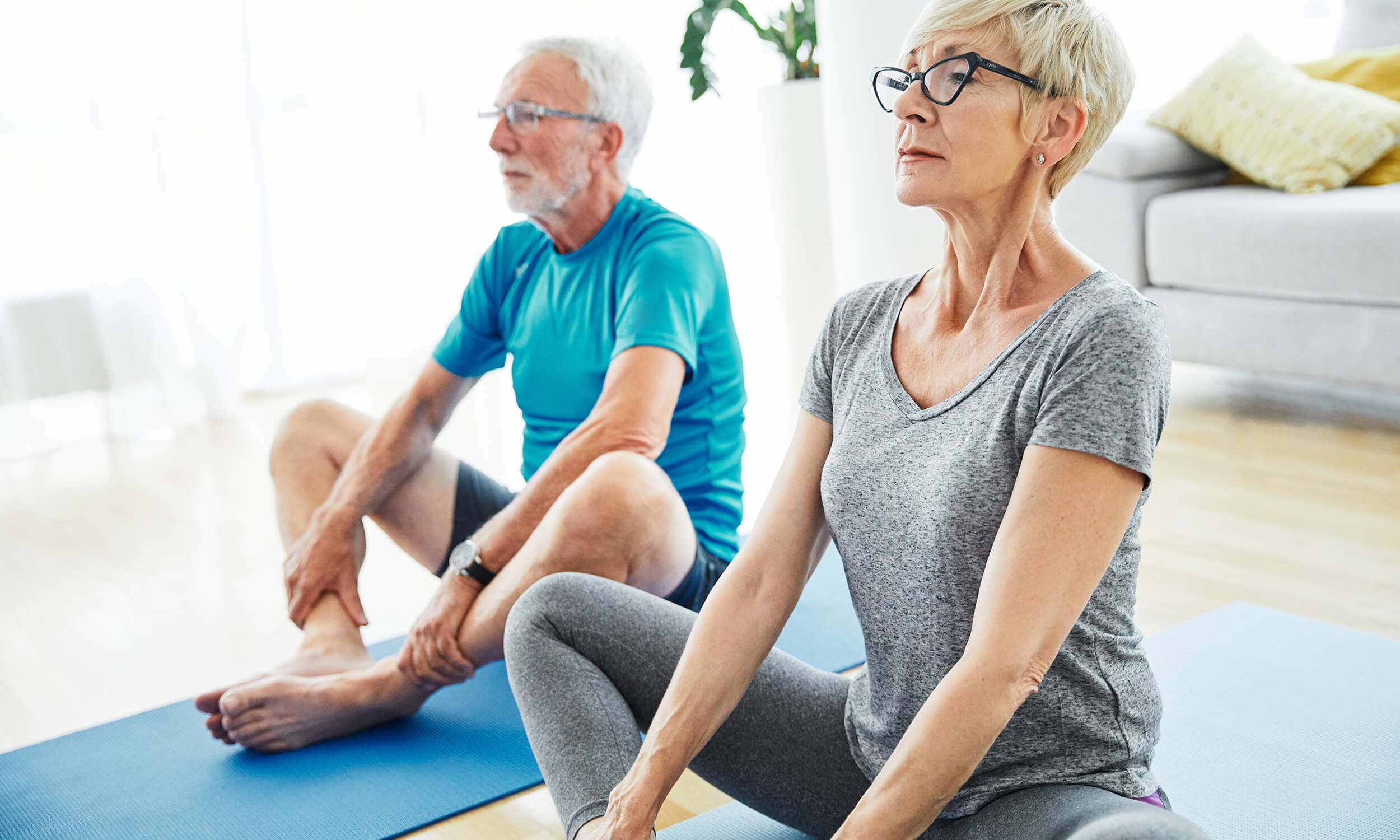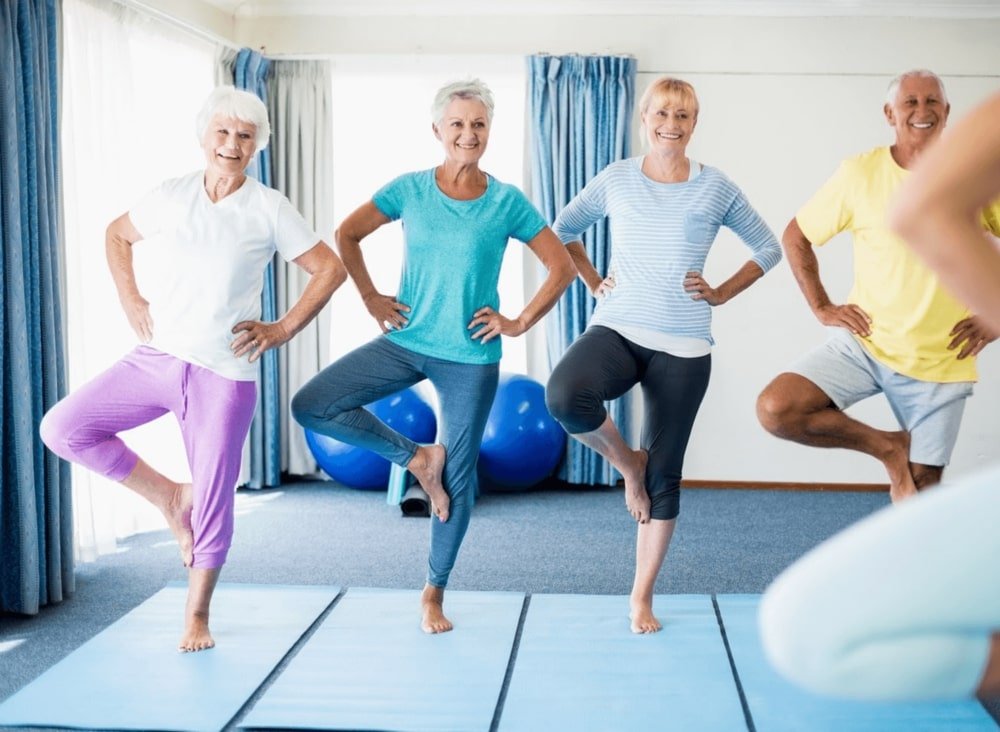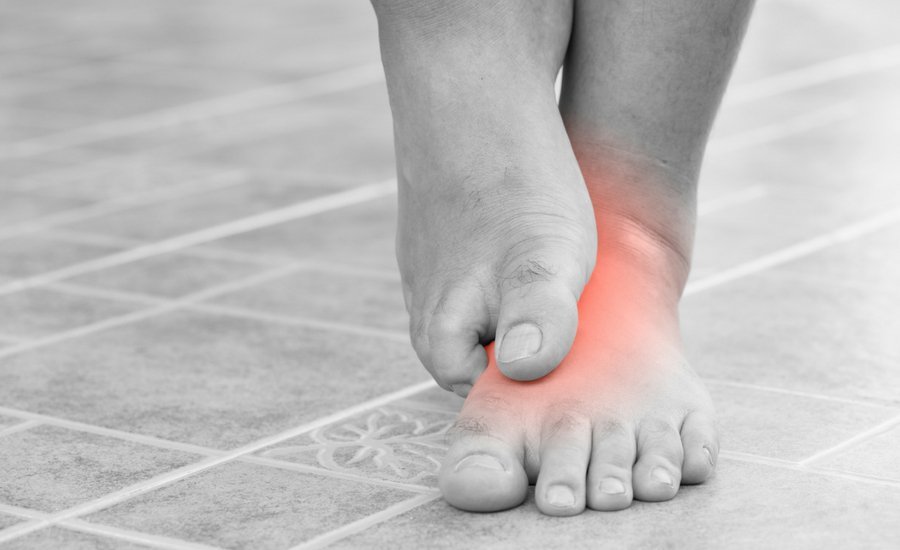
More Life Health Blog
Stay up to date with the latest in seniors’ health news,
newest videos, and other must-read articles here.
Latest Articles
The gluteal muscles (our buttocks) are comprised of the gluteus maximus, gluteus medius, and gluteus minimus and they are the largest and strongest muscles in our body.
They're responsible for many important tasks, like walking, running, jumping, and standing up from a seated position.
The gluteal muscles serve as the foundation of our musculoskeletal system, and when they are weak, it can lead to a host of issues. It can reduce our ability to move and function well in everyday life, affect posture and balance, and increase the risk of injuries and pain in the back, hips, knees and ankles.
On the other hand when we strengthen our glutes, we will move about much easier, balance and posture will improve and it will also take the strain off our hips, knees and ankles.
Natural light, especially sunlight, plays a vital role in our health.
Exposure to sunlight helps regulate our circadian rhythm, promoting a healthy sleep-wake cycle. It is also a natural source of vitamin D, which is essential for bone health and immune function.
Moreover, the brightness and colour temperature of natural light influences our mood and overall mental well-being. Like other living organisms, our relationship with light is fundamental to our health and vitality.
On the other hand, with the rise of technology and the increase in screen time over the past decades, certain types of light emitted from these devices can impact our health.
In this article, we'll explore light's impact on our health, how light affects our moods, and how we can maximise the use of light to our benefit.
ver since starting More Life Health, I’ve wanted to share more about myself, and why and how More Life Health started.
I’ve actually had the bulk of what I am sharing in this email sitting there for years, I just never got around to finish it & sending it out…
So without further ado, here is how it all got started…
As we age, it becomes increasingly important to maintain a strong and stable core, which is essential for overall functional fitness and everyday activities.
A strong core not only improves posture and balance but also supports daily activities and reduces the risk of injuries.
A simple technique to engage the core is to "draw the belly button to the spine."
You would have heard me say in my videos at times, the importance of progressing exercises, gradually.
Now any exercise is great! If you’re overwhelmed by it all. Keep it simple.. some is better than nothing.
However, if you stick to exercise, you ARE going to make improvements; you’ll find yourself becoming stronger, balancing better, moving better. Things will start becoming easier.
This is great, and to continually make improvements you want to make the exercises a little more challenging.
There are several ways you can progress exercises to make them more challenging and continue to improve your fitness levels. The principles are the same at any age!
Here are some common methods to progress your exercises:
Pushups are one of the best exercises to strengthen the upper body. More specifically, pushups strengthen the muscles of your chest, your shoulders, your arms and your core.
Unfortunately, pushups are not the easiest exercises to perform. If you struggle with them, or you just can’t do them, that’s ok!
You can still perform the pushup exercise, no matter your current strength levels, by modifying the exercise to suit your individual needs.
And here is how!
As we age, it is not uncommon to experience symptoms of dizziness (lightheadedness and unsteadiness), vertigo (a sensation of spinning or whirling), motion sensitivity (motion sickness) and balance problems. These are all vestibular symptoms and can significantly impact daily activities and quality of life.
Fortunately, there are proven strategies that can reduce symptoms of vestibular issues.
In this article, we will look at the vestibular system so you can better understand what may be happening when you're experiencing these symptoms. We will also look at what can improve symptoms, including exercises and more.
Exercise and movement is medicine. Medicine that should be undertaken consistently each week (preferably daily in some way) to get the benefits and keep the benefits.
Getting started with exercise or another new habit is usually relatively easy. However, when motivation wanes or something comfortable tempts us, it can be challenging to override this in the moment and stick to what we had originally planned.
Our minds will find ways to justify why we don’t have to exercise. We miss a session, and then one missed session turns into two missed sessions, then maybe three or four. And then more. Until it gets to “I haven’t exercised for a while”.


























As we age, our hands can become weaker and less dexterous (less able to perform precise and coordinated movements) due to natural muscle loss and decreased activity levels affecting our ability to perform everyday tasks.
Arthritis can have a profound impact on hand function, making everyday tasks difficult and painful.
Fortunately, regular hand strengthening exercises can help improve grip strength, dexterity, and overall hand function, making it easier to perform daily activities and maintain independence.
Today we are going to be covering some exercises for the hands using therapy balls to help provide resistance and improve hand strength and flexibility.